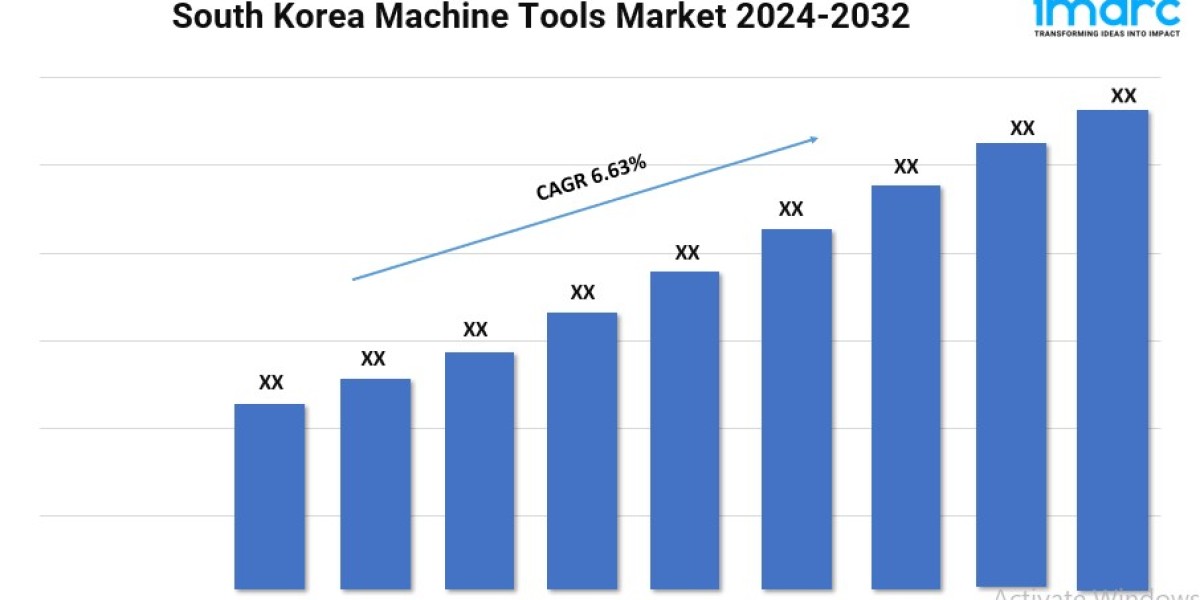Influencer marketing has evolved from a buzzword into a core component of digital marketing strategies. With the power to authentically connect brands with audiences, influencers are driving engagement, building trust, and boosting conversions. In this blog, we’ll explore why influencer marketing is so impactful and how businesses can leverage this trend to amplify their online presence.
1. What is Influencer Marketing?
Influencer marketing is a strategy where brands collaborate with individuals who have a strong online presence and a dedicated following. These influencers, who can range from social media personalities to bloggers and industry experts, promote products or services to their audience. Their authentic recommendations often feel more relatable and trustworthy than traditional ads, making this strategy highly effective.
2. Why Influencer Marketing Works:
The success of influencer marketing lies in the trust influencers have built with their followers. People are more likely to trust recommendations from individuals they admire or relate to, as opposed to brands directly promoting themselves. Additionally, influencers often have niche audiences, enabling brands to target specific demographics effectively.
3. The Rise of Micro-Influencers:
While celebrity influencers often grab headlines, micro-influencers (those with 1,000 to 100,000 followers) have become the go-to choice for many brands. Their smaller but highly engaged audiences lead to better interaction rates and a stronger sense of community. Partnering with micro-influencers is also more cost-effective, making it ideal for small businesses.
4. Platforms Driving Influencer Marketing:
Social media platforms like Instagram, YouTube, TikTok, and Twitter are at the forefront of influencer marketing. Instagram dominates with its focus on visual content and features like Stories, Reels, and IG Live. TikTok has rapidly gained traction for its short, engaging videos that often go viral. YouTube remains a top choice for in-depth reviews and tutorials. Choosing the right platform depends on your target audience and campaign goals.
5. Types of Influencer Campaigns:
- Sponsored Posts: Influencers share content promoting a brand or product in exchange for payment or free products.
- Unboxing Videos: Common on YouTube and Instagram, these showcase influencers unboxing and reviewing products.
- Affiliate Marketing: Influencers earn a commission for driving sales through unique affiliate links or discount codes.
- Giveaways: Brands partner with influencers to host contests, increasing engagement and brand awareness.
- Brand Ambassadors: Long-term collaborations where influencers become the face of a brand.
6. How to Choose the Right Influencer:
Selecting the right influencer is crucial for campaign success. Look beyond follower count and evaluate engagement rates, audience demographics, and content alignment with your brand values. Tools like Upfluence and AspireIQ can help identify influencers that match your target audience.
7. The Role of Authenticity:
Authenticity is the cornerstone of influencer marketing. Audiences can quickly detect disingenuous promotions, which can harm both the influencer’s and the brand’s reputation. Encourage influencers to share honest opinions and create content that feels natural and relatable.
8. Measuring Campaign Success:
To gauge the effectiveness of your influencer marketing efforts, track key performance indicators (KPIs) like engagement rates, website traffic, and conversions. Use tools like Google Analytics, social media insights, and affiliate tracking platforms to monitor results. Adjust your strategy based on data to improve future campaigns.
9. Challenges in Influencer Marketing:
Despite its benefits, influencer marketing comes with challenges. Fake followers and inflated engagement metrics can mislead brands, leading to wasted resources. Collaborating with influencers who don’t align with your values can also backfire. Conduct thorough vetting and maintain open communication to avoid these pitfalls.
10. The Future of Influencer Marketing:
As the digital landscape evolves, influencer marketing is expected to grow even further. Trends like the rise of nano-influencers (with fewer than 10,000 followers) and AI-driven influencer identification are shaping the future of this industry. Additionally, more brands are focusing on long-term partnerships rather than one-off collaborations to build deeper connections with audiences.
Conclusion:
Influencer marketing is a powerful tool that allows brands to connect with audiences authentically and effectively. By choosing the right influencers, fostering genuine collaborations, and tracking campaign performance, businesses can unlock the full potential of this strategy. Whether you’re a startup or an established brand, influencer marketing can help you build trust, increase visibility, and drive results in today’s digital age.


